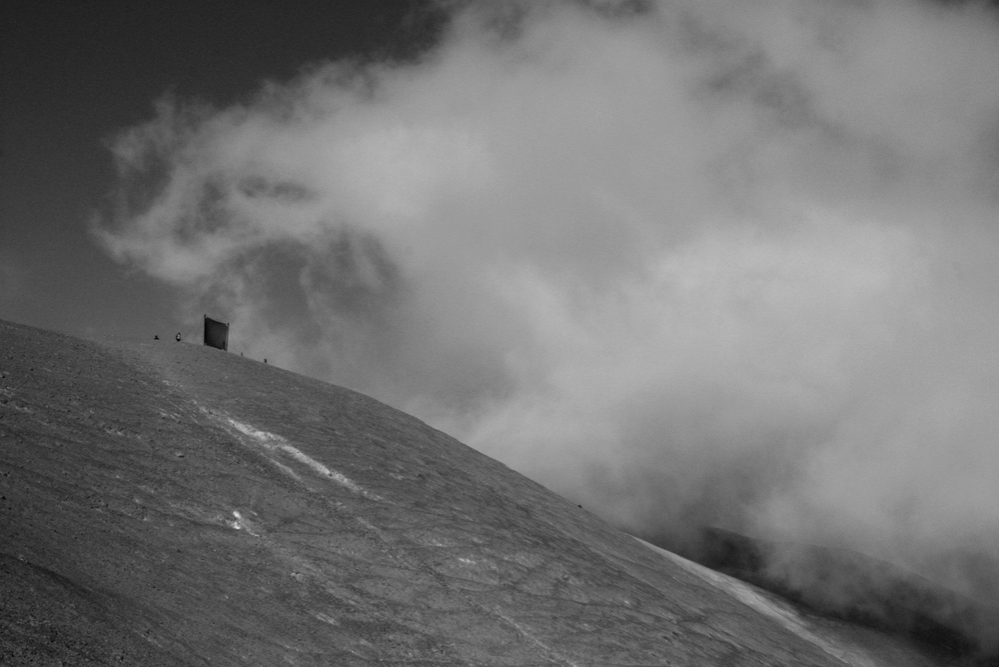Celebrating Diversity
Q&A with Marvelites on Hispanic & Latino Heritage
After the conclusion of Hispanic and Latino Heritage Month, Marvel takes immense pride in celebrating the vibrant mosaic that defines our identity. Over 40% of our team proudly identifies as Hispanic or Latino, infusing our architectural vision with a rich tapestry of influences.
Our leadership echoes this diversity. Half of our partners also identifies as Hispanic or Latino, reflecting the tangible impact of diverse perspectives in guiding our direction.
Our presence extends across the globe-- from a thriving office in Puerto Rico to an exciting new venture in Barcelona, Spain. To reflect, we asked some Marvelites - Diego Varas, Monica Cruz Declet, Esteban de Backer, Annya Ramírez Jiménez, Jaime Palacios, Ana Cubillos, Eduardo M. Llinás, Eric E. Garced-Rios, Héctor Rodríguez Burgos, and Karen Cuadro, to share how their heritage shapes our world of architecture.
Heritage and Inspiration
Q/ How does your Hispanic or Latino heritage influence your designs and inspire your concepts?
Diego Varas: “Growing up in Chile, you are connected to the surrounding landscape – the extensive coastline, mountains, deserts, and forests are everywhere, and they form an important part of the local culture. I believe this inherent connection to nature inspires me to create inviting and personal spaces that incorporate honest and natural materials.”
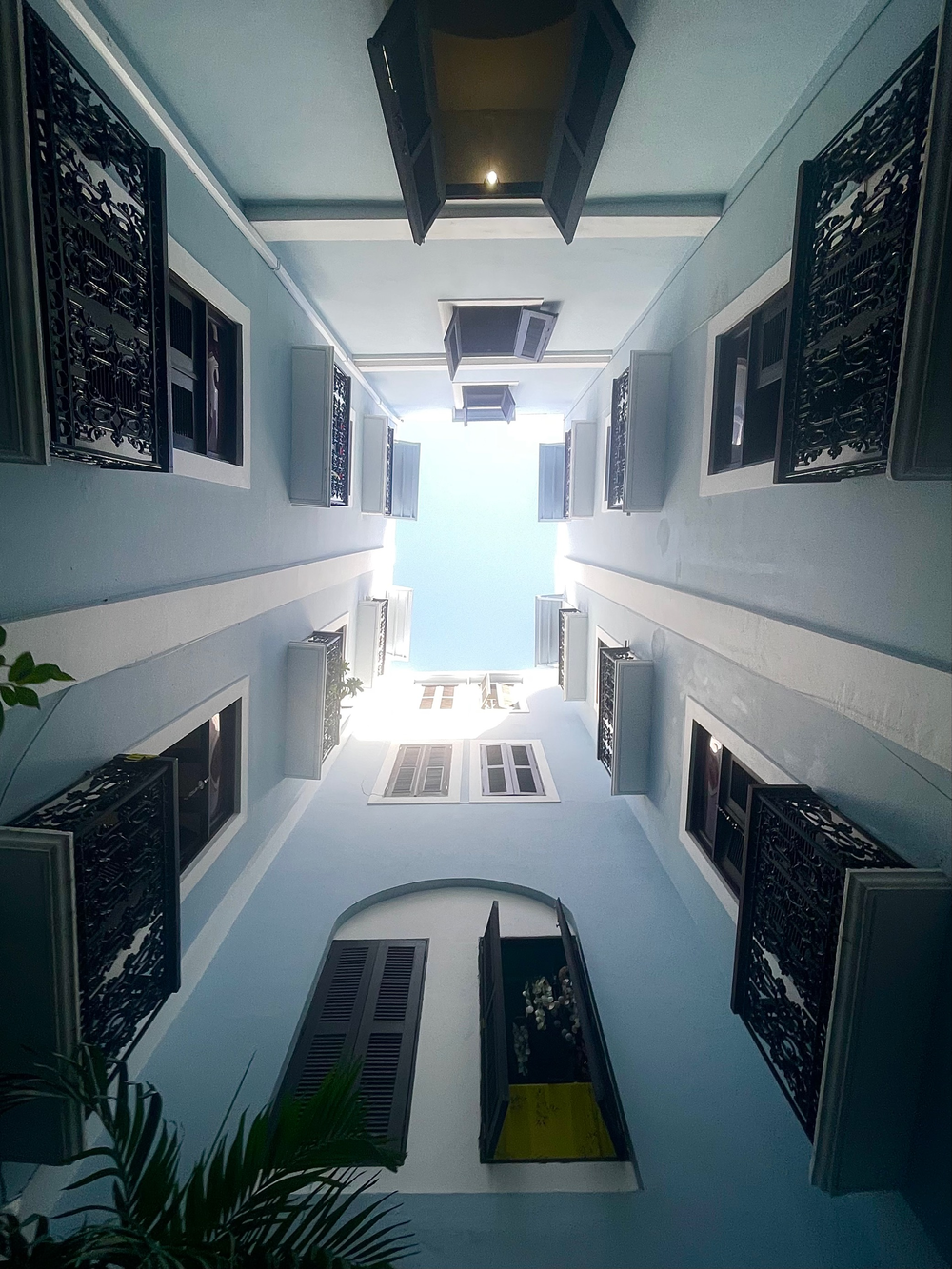 Interior courtyard in San Juan, Puerto Rico
Photography By: Virgen Berrios
Interior courtyard in San Juan, Puerto Rico
Photography By: Virgen BerriosMonica Cruz Declet: “Brise soleil, ponds, interior courtyards, and balconies are some of the architectural elements I like to incorporate into Puerto Rican architecture projects whenever possible. The need for fresh, cool spaces is of upmost importance on the island. Now more than ever, we are witnessing the consequences of not designing infrastructure in harmony with the unique conditions of a Caribbean island."
Esteban de. Backer: “Everything comes from your personal background growing on a particular social context where family, community and social interaction is the center of your life experience. That ultimately produces a way of thinking that is based on society as center.”
 Ex-Convent of Bucareli in Sierra Gorda of Queretaro, Mexico
Photography By: Jaime Palacios
Ex-Convent of Bucareli in Sierra Gorda of Queretaro, Mexico
Photography By: Jaime PalaciosJaime Palacios: “I grew up in Queretaro—a state in north-central Mexico at the intersection of arid territories and tropical forests, a clash of rich indigenous presence with vast colonial heritage, a forward-thinking region emerging from traces of oppression and unplanned growth. Living in these interstices awoke a curiosity to constantly reexamine my mestizo identity and question my sense of belonging.
For me, being a Latino in the design practice is to carry the echoes of past generations and find wisdom in those roots that anchor us to our history. It is about seeking to reconcile the fractured unity that colonialism— and the extractive practices it perpetuated—left behind, and strengthening representation for all.”
Annya Ramírez Jiménez: “Coming from a tropical latitude in which the relationship with the exterior governs our daily life, I try to create meaningful spatial relationships between the exterior and interior spaces in the designs I take part in. The color of the sun somehow strikes differently in the tropical landscape, so I use that as inspiration to infuse color and texture in the projects to help create a deeper connection with the users”
Eric E. Garced-Rios: “Quite a tough question to provide a brief answer that encompasses how Puerto Rico’s tropicality and sazón has influenced my designs/concepts, so if I were to do this with a statement, it would be to reinterpret and reconceptualize Puerto Rico’s vernacular architectural elements that have been lost in translation of time. May it be through cross ventilation, deep overhangs, high ceilings, brise soleil, etc. I’m always looking forward to implementing said elements in the spatial qualities of our contemporary context and Marvel has helped being a driver of said influence since we have a local team who cares.”
Karen Cuadro: "As a historic preservation specialist heritage and history is always present. Our identity is an intrinsic part of what we try to preserve, protect, and enhance at historic buildings and sites. The Hispanic and Latino heritage gives value to spaces and affect the way on how we intervene in a property or place. In a personal aspect, as a Puerto Rican, the connection with nature has always been present and the incorporation of passive design strategies for our tropical environment is essential in architectural design."
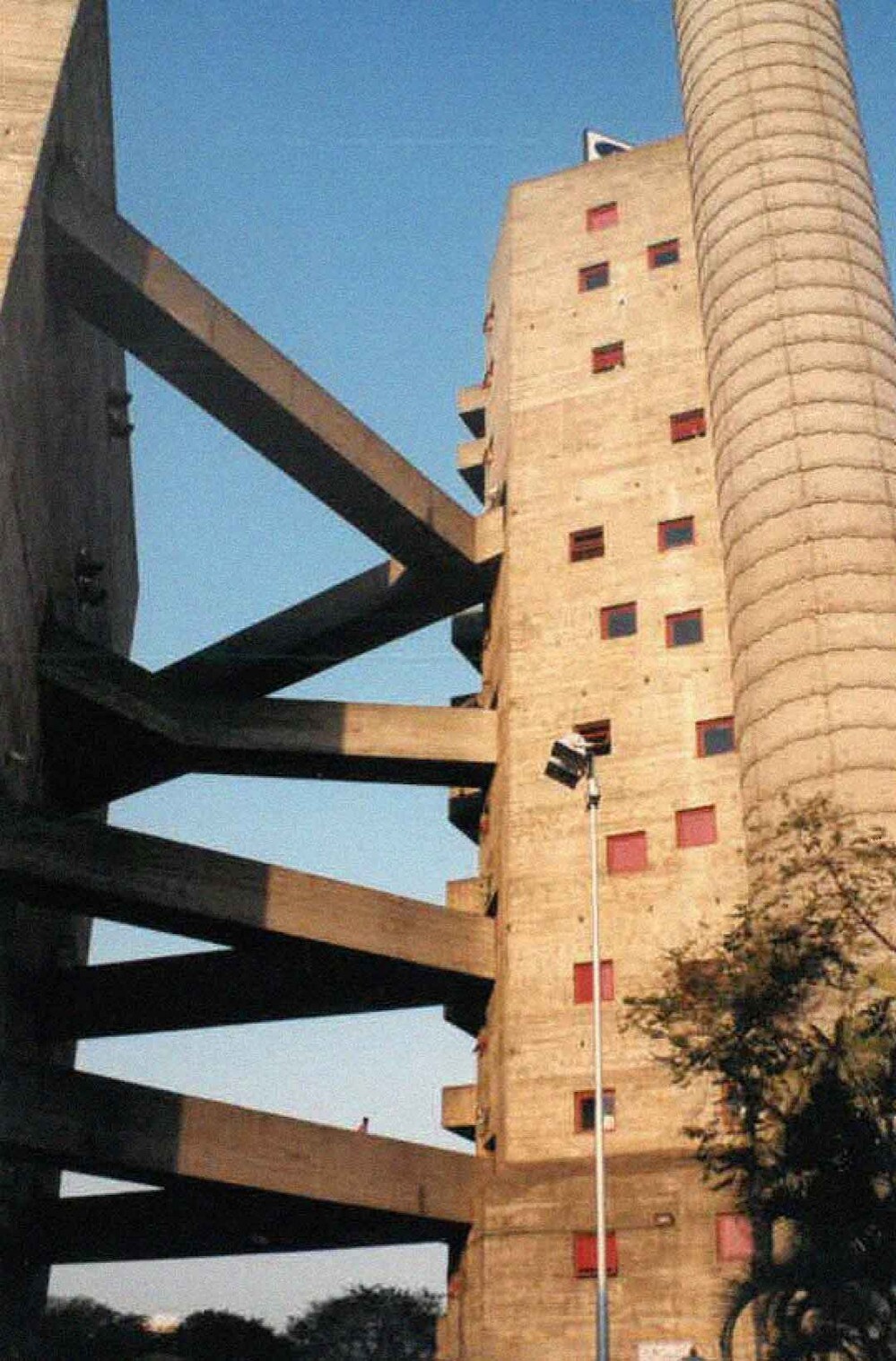 SESC Pompéia Factory, São Paulo
Photography By: Annya Ramírez-Jiménez
SESC Pompéia Factory, São Paulo
Photography By: Annya Ramírez-Jiménez Inclusivity and Diversity
Q/ In what ways do you believe diversity, including cultural diversity, enhances the field of architecture, and how does it contribute to more innovative and inclusive designs?
Diego Varas: “Architecture represents culture and values, so when designers from different backgrounds come together, you get a broader range of cultural influences and perspectives. The conversation is deeper, and the dialogue helps better understand the needs of various demographic groups which allows for a more communal and inclusive design to emerge.”
Monica Cruz Declet: “Being a Puerto Rican architectural designer allows me to have an awareness and understanding of specific spatial needs that, outside the island, may not be talked about, studied, or have been simply ignored. However, now that global warming continues to advance, we see how other countries are beginning to feel some of these problems that have affected tropical regions for years.”
Esteban de. Backer: “Architecture is a collective venture by nature. Diversity can only enhance a conversation thus translates into more inclusive places and spaces."
Jaime Palacios: “The design field is made richer by the unique threads of our collective stories; weaving in the complexity and worldview of each culture makes a more resilient social tapestry.
Diversity in architecture is paramount to expanding our understanding of our surroundings and amplifying how we, as designers, can approach different challenges creatively. There is an advantage in collaborating with diverse voices that goes beyond a non-zero-sum outcome. By recognizing our interconnectedness with one another and our environment, we realize that taking care of others is also taking care of ourselves.”
Eric E. Garced-Rios: “Architecture needs and only functions through plurality within the field; integrating cultural diversity, it exponentially enhances our understanding of its societal implications and contextual analysis”
Karen Cuadro: "I believe that architecture should respond to the cultural diversity of its users and the characteristics of places, which feed the design and decision-making process in architecture. For example, to design a plaza in Puerto Rico means creating flexible spaces that foster gatherings, such as a Bomba Batey, a Plena event, a farmer’s market or even to play some domino. In addition, it should contemplate the impact of climate change in a tropical environment and look for new ways to bring thermal comfort among others."
Q/ What do you think our firm does to help resonate with a diverse range of clients and communities? How could we do better?
Monica Cruz Declet: “It gives me great hope to be part of a multicultural firm like Marvel that has offices in Puerto Rico as well as in the U.S. and Spain. I feel that as a team, we have the opportunity to create a symbiosis of conversations between cultures, allowing the sharing of ideas and design strategies that each of us carries in our repertoire of knowledge and experiences, which will lead to helping each other design for the problems that each of our countries faces.”
Eric E. Garced-Rios: “I’ve always been adamant about plurality within the field. Marvel’s multidisciplinary capabilities and culturally diverse team (within different office locations) is exemplary of this, having this in our toolbelt help us understand and create a dialect with potential clients and its community of its users.”
Karen Cuadro: "MARVEL is committed to understanding the client and community’s needs, and to knowing the historical background of the place and its people as a basis of design. To improve our approach with the communities we can look for new ways to communicate or interact with them, by implementing recently developed technologies in the participatory design strategies that we have been using throughout the years."
Personal Influences and Lessons
Q/ Who are some architects, mentors, designers, or personal connections that have influenced your career, and what lessons have you learned from them?
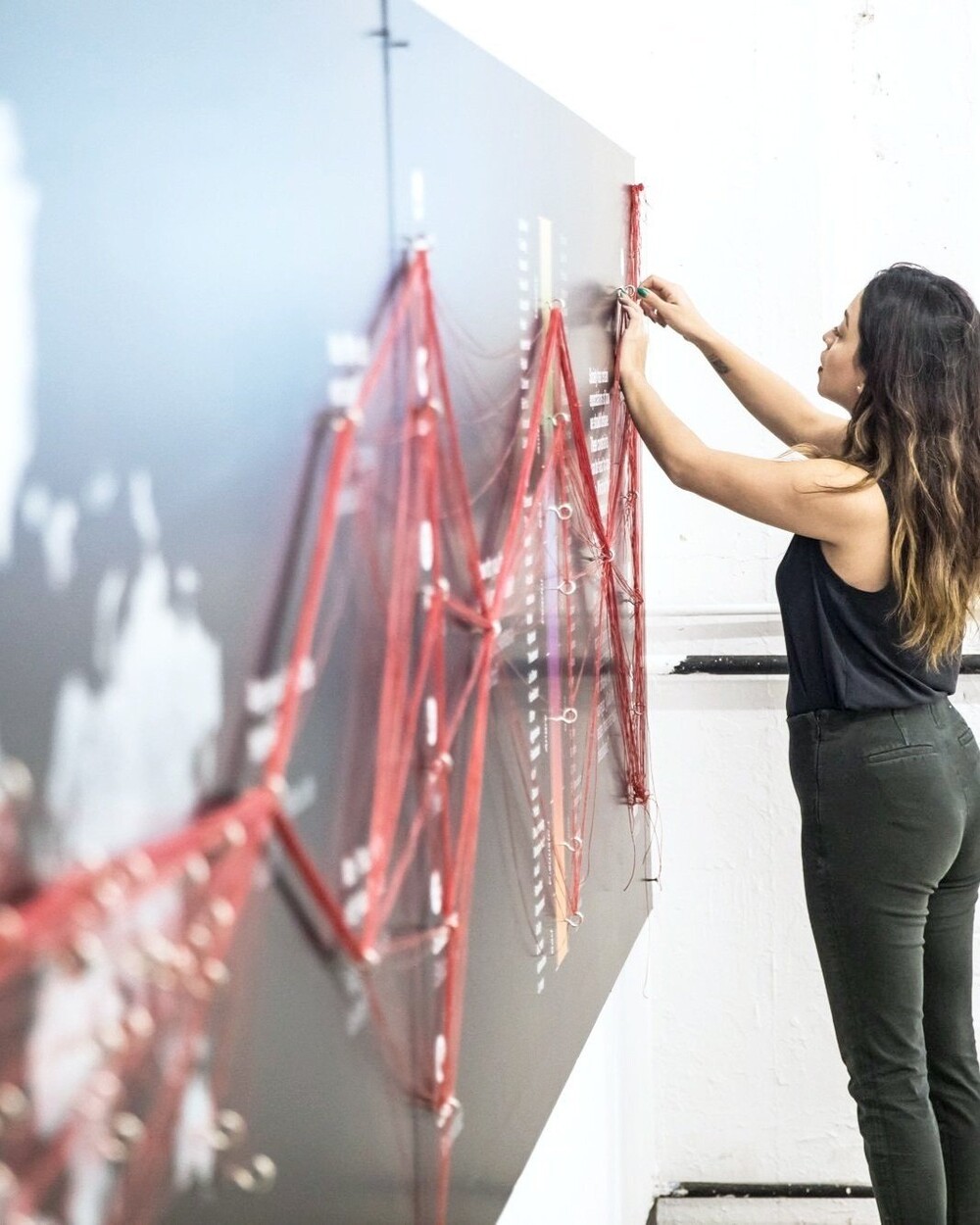 Zarith Pineda, Founder & Executive Director
Photography By: Kisha Bari
Zarith Pineda, Founder & Executive Director
Photography By: Kisha BariDiego Varas: “I have always been inspired by school friends and people that I have worked with during the years. It is very interesting to see different designs and concepts take form and take it as an opportunity to observe and listen to how an idea came about and why it is important and why it is specific to that person. This has taught me that by listening and paying attention to your surrounds, you can create something that people can feel connected to. Architecturally speaking, Cazu Zegers is a Chilean architect that I really look up to who has a great sensibility and a great ability to work with the natural surroundings.”
Esteban de. Backer: “Eduardo Arroyo, mentor and friend is one of the most generous and authentic person and architect I have ever known. A long list of Spanish architects such us Alejandro de la Sota, Enric Miralles, Coderch,...”
Jaime Palacios: “Zarith Pineda, founder of Territorial Empathy, is a big role model for me. Her work is a testament to how empathy is the brush that paints human experiences and the cornerstone of creating solutions that truly resonate and make a meaningful impact in the world.”
Ana Cubillos: “Margarita Jover and Iñaki Alday (from aldayjover architecture and landscape) – my professors during grad school. They have been great mentors and inspiration. They are magicians – I admire them deeply for their ambition to tackle the challenges we face at the scale of the planet and their ability to execute visionary projects with an extremely high attention to detail at the human scale - all with sculptural beauty.”
Eduardo M. Llinás: “Francis Kéré was maybe the first person who helped me truly realize the impact that design can have on people and our environment. He showed me that architecture is way more than design- it's shelter, culture, knowledge- and it should be accessible to everyone.”
Eric E. Garced-Rios: “Coming from a family which I’m the only architect and in the construction field, during undergrad I’ve always had a wide range of influence from multiple architects, (OMA, DS+R, MOS, REX, Enric Miralles, Renzo Piano, Valerio Olgiatti, Open Workshop, Fuster + Partners, Atelier Bow Wow, SANAA, Tadao Ando, Paolo Mendes Da Rocha…..etc etc etc.) The list can go on and on of many architectural forms and spatial inspirations. During undergrad I’ve always felt a bit selfish, (ironic considering I emphasize plurality), with my knowledge when conversing with people outside the field and didn’t know how to socialize properly with all this knowledge and educating others. Until recently being close to home with my family and being part of a local firm, where it helped me democratize and further understand my career.”
Karen Cuadro: "In the academic field, Arch. Enrique Vivoni has been my mentor, he introduced me to the historic preservation field and taught me why is important to document and investigate the history and significance of a place and its community. Organizations such as La Goyco, in Calle Loíza (San Juan) and El Bastión in Old San Juan are non for profits dedicated to promoting arts and community interaction, they help me connect with my Caribbean roots, engage with the community, and experience places from a different perspective."
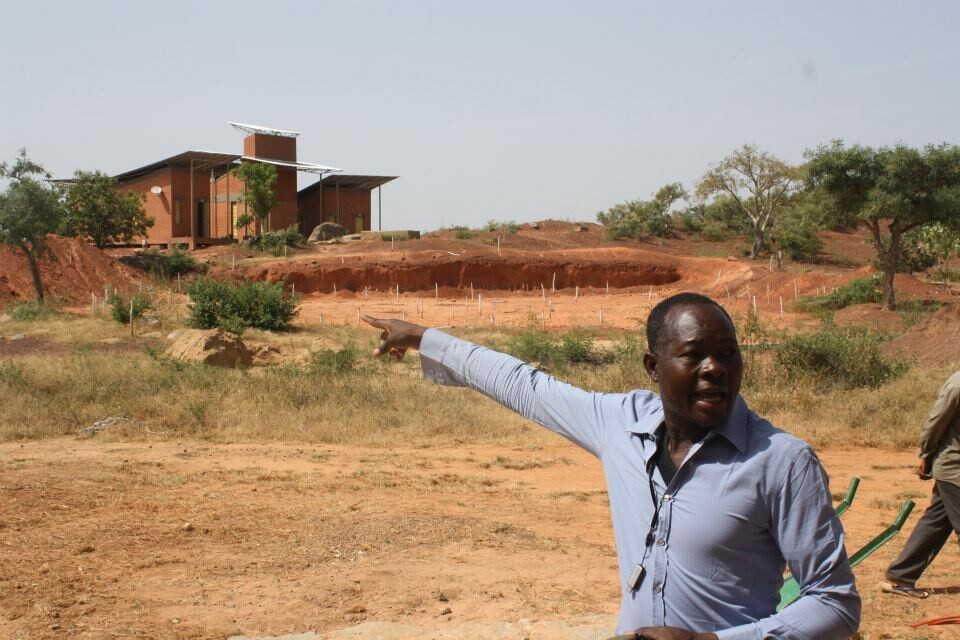 Francis Kéré giving a tour of his project, Opera Village; Burkina Faso.
Photography By: Eduardo Llinas
Francis Kéré giving a tour of his project, Opera Village; Burkina Faso.
Photography By: Eduardo LlinasShaping the Future of Marvel
Q/ What do you envision for the future of architecture, particularly in terms of diversity and inclusion, and what role do you hope to play in shaping that future?
Diego Varas: “I believe the world is getting more and more interconnected thanks to the internet, social media, and technology. We are exposed daily to different languages, influences and ideas, which has allowed for the development of an “universal language”, where many cultures are intertwined and represented. In the future I would like to help keep an open dialogue and help others feel listened and represented in the built environment.”
Monica Cruz Declet: “I take pride when I say that the Latino community is known for its resilience, persistence, and amicability. We want to be heard, and we also want to help others. This is why it's so important for Marvel to continue to thrive as a safe and welcoming space that helps Latino and Hispanic designers find their voices and places in the industry.”
Esteban de. Backer: “I hope diversity becomes a reality that we don't even need to promote. I see myself serving people with the best of our knowledge and expertise as cultural thinkers and a particular way to analyze and work through human challenges.”
Jaime Palacios: “I envision a future of architecture that is more collaborative, where the design practice as a whole is more equitable and just inside and out. As designers, we should continue learning about everything that surrounds us, and it is our responsibility to provide a platform where every voice is heard.
I believe "resilience" in the design practice should come from within and draw from the roots of a community, a place, a region, a country, and its heritage, seeding local innovation at the frontier of the next wave of change.”
Eric E. Garced-Rios: “Thanks to todays technological progress we are more interconnected and exposed to other cultures than ever before, if the materialization of architecture can somehow further progress spatial democracy where every voice is heard and cultural diversity and heritage is embraced, that’ll be an A+ on my book.”
Héctor Rodríguez Burgos: “I think of a future where these topics are already an integral part of the equation as a whole. Just as we currently address issues within the field that respond to environmental challenges, we must speak the same language regarding diversity. As designers we are responsible for being voices and ears to our community.”
Karen Cuadro: "I envision a more accessible architecture, an architecture that does not divide or generate displacement, that in turn unites and celebrates diversity. I hope to serve as a liaison for the community and the architecture field, to promote the historic values of the place and its connection with its habitants."
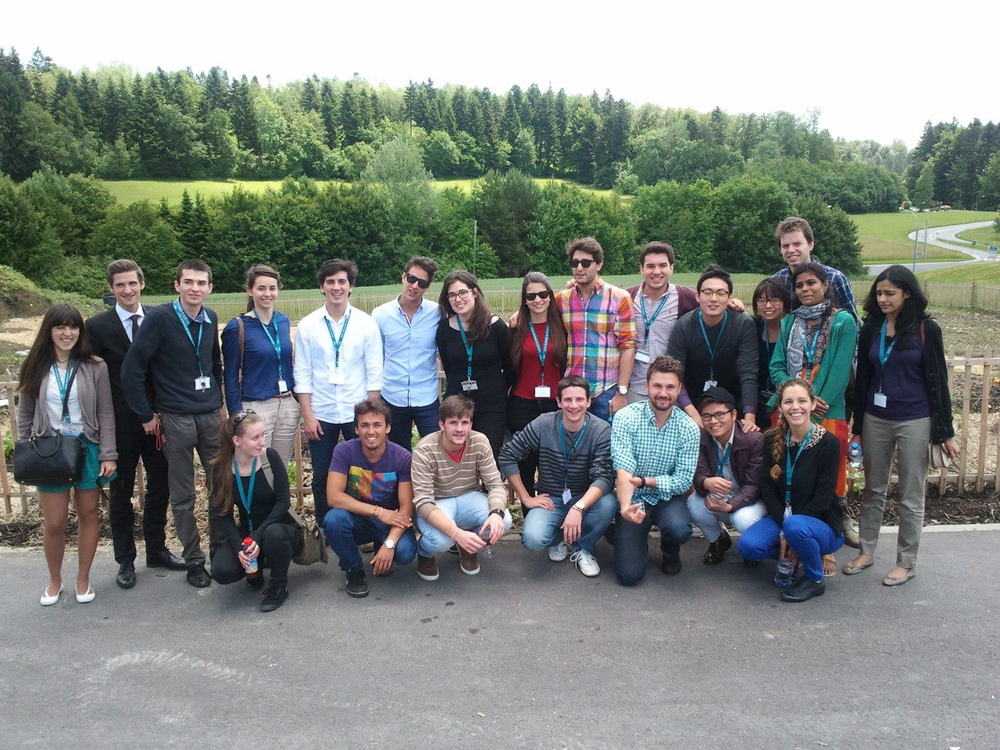 EHL Campus Design Competition: Designed by students, for students; Lausanne, Switzerland.
Photograph courtesy of: Diego Varas
EHL Campus Design Competition: Designed by students, for students; Lausanne, Switzerland.
Photograph courtesy of: Diego VarasMarvel is proudly celebrating Hispanic and Latino Heritage Month; our team embodies the diversity and inclusion that makes the field of design architecture stronger. Our team's rich heritage and unique perspectives bring new dimensions to our designs, fostering innovation and inclusivity. With a strong Latino & Hispanic Identity, it is important to hold ourselves accountable, being unapologetically Hispanic & Latino in our work through both language and culture. As we continue shaping the future of architecture, we hope to continue making exceptional contributions to the world of design.
